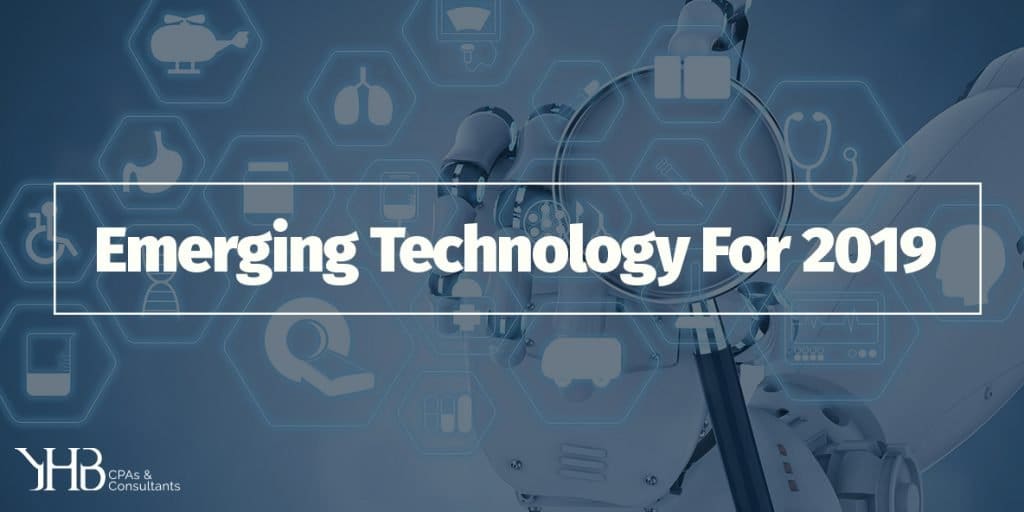Greetings, deTECH readers. First off, we ask for your understanding on the dearth of newsletter publications over the last quarter. As you can imagine, holidays and servicing clients have a tendency to appropriate our article-writing time. It is a terrific problem to have.

At the beginning of each year we like to dream a little bit and discuss the emerging technology appearing on the horizon. The first step to capturing and incorporating new technology is recognizing it when you see it, and understanding the terminology. Don’t worry, you don’t need to be a technologist with a terminal degree in programming to understand and benefit from these concepts. But you must have an open mind and ability to take the ideas and apply them in a way that makes your processes more efficient. Some of these are not new; I addressed several of them less than a year ago. But they continue to grow in relevance and accessibility to the market.
Robotic Process Automation (RPA) – This is the newest to the list, but could make the most impact in the shortest amount of time. Bots allow a company to perform tasks that have traditionally been confined within a singular application, thus automating a business process that requires multiple applications. Some examples we have seen in real life:
- Creating user accounts or disabling user accounts when employees are hired or leave. Human Resources completes a custom form which kicks off a bot to create users across all required systems, assign access levels appropriate with their job function, and generate a welcome communication to the new user. The process is reversed for terminations to disable the access.
- Taking electronic invoices received via email, gathering the data and inputting details into SAP for review and payment.
Artificial Intelligence (AI) – A term that has been around for many years and elicits mental images of C3PO and R2D2, AI is leveraging mass quantities of data to learn, adapt, and make more informed (hesitating to use the term ‘better’) decisions. For practical application, the world of public accounting is beginning to experiment and test AI solutions by capturing clients’ entire general ledger and applying dozens of tests to each transaction. The more the AI tools are used, the more effective the results will be at identifying anomalous transactions that could be errors or fraud. Several AI and data analytics companies have entered the market specifically for public accounting and auditing. There’s a very good chance that software providers have developed tools to meet the need in your industry too.
Blockchain and Cryptocurrency – Just because the value of bitcoin turned into a double-black diamond ski slope in 2018, don’t assume the technology is on its way out. I recently spoke with Paul McNeal of The Crypto Curator, who described a public blockchain like Napster, where a database (the blockchain) of information is shared across many different computers. As long as most of the computers agree to the accuracy of the database, then trust is distributed across that network. Large banks are researching the technology. Soon you will begin seeing payments accepted in retail using BTC. And now the Bitcoin icon is getting a spot on the Google iOS keyboard. Crypto currencies could positively impact emerging economies with a weak banking system. Or, payments can be made in fractions of a denomination instead of in full amounts (half of a cent instead of a full cent).
They say we are living in the fourth industrial revolution. These technologies, although we’ve talked about them for several years, continue to mature and become more widely accepted while we see growing practical business and economic implications.
LEARN MORE ABOUT OUR RISK ADVISORY SERVICES
 Bryan is a Partner at YHB and serves on the Risk Advisory Services Team. Bryan focuses on assisting organizations in a variety of industries with internal audits and IT-related audit and consulting services.
Bryan is a Partner at YHB and serves on the Risk Advisory Services Team. Bryan focuses on assisting organizations in a variety of industries with internal audits and IT-related audit and consulting services.

